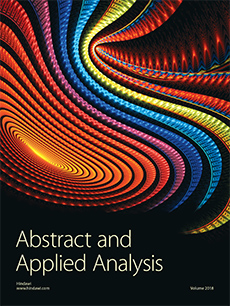Abstract
A deterministic model with variable human population for the transmission dynamics of malaria disease, which allows transmission by the recovered humans, is first developed and rigorously analyzed. The model reveals the presence of the phenomenon of backward bifurcation, where a stable disease-free equilibrium coexists with one or more stable endemic equilibria when the associated reproduction number is less than unity. This phenomenon may arise due to the reinfection of host individuals who recovered from the disease. The model in an asymptotical constant population is also investigated. This results in a model with mass action incidence. A complete global analysis of the model with mass action incidence is given, which reveals that the global dynamics of malaria disease with reinfection is completely determined by the associated reproduction number. Moreover, it is shown that the phenomenon of backward bifurcation can be removed by replacing the standard incidence function with a mass action incidence. Graphical representations are provided to study the effect of reinfection rate and to qualitatively support the analytical results on the transmission dynamics of malaria.
Citation
Li-Ming Cai. Abid Ali Lashari. Il Hyo Jung. Kazeem Oare Okosun. Young Il Seo. "Mathematical Analysis of a Malaria Model with Partial Immunity to Reinfection." Abstr. Appl. Anal. 2013 1 - 17, 2013. https://doi.org/10.1155/2013/405258
Information





